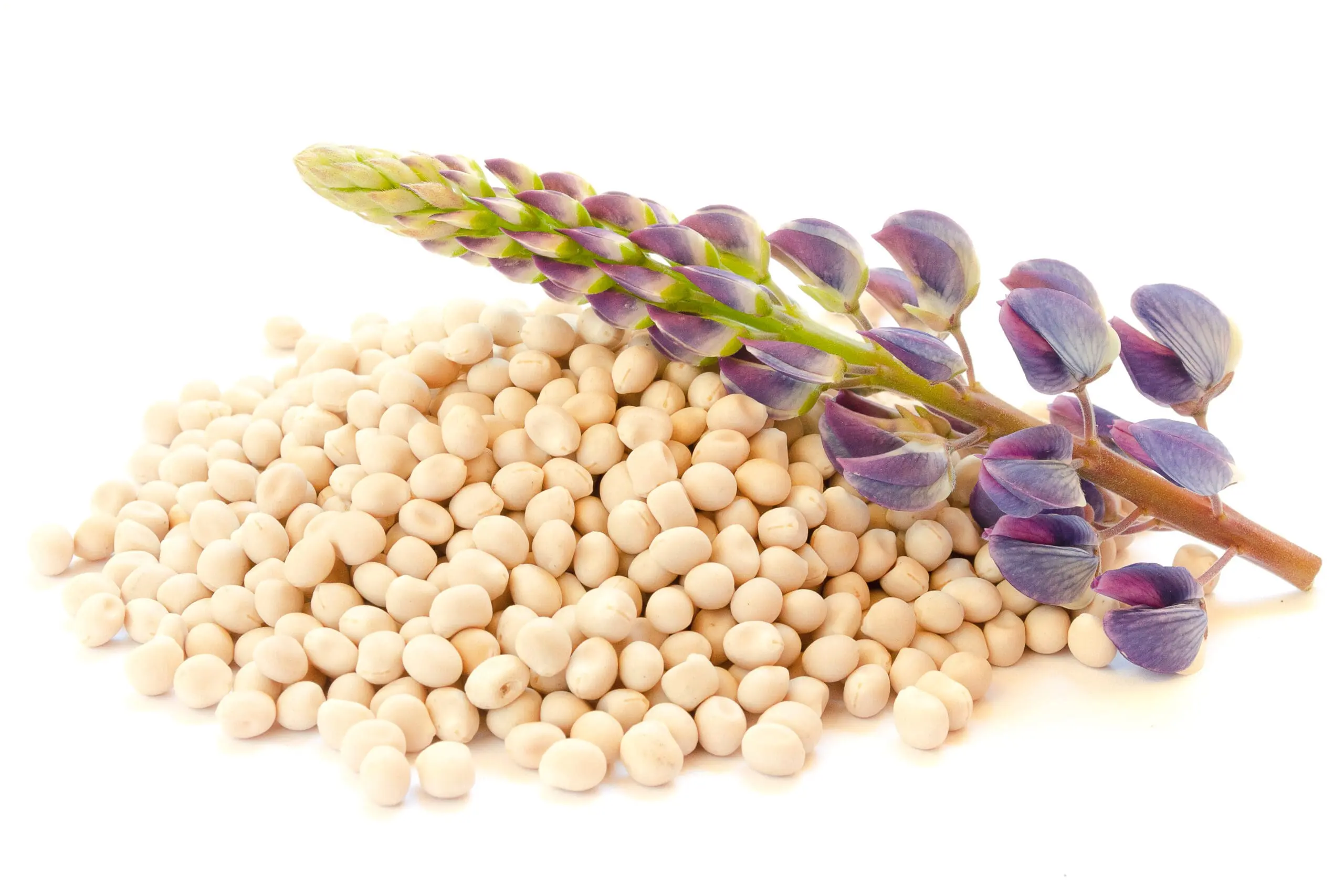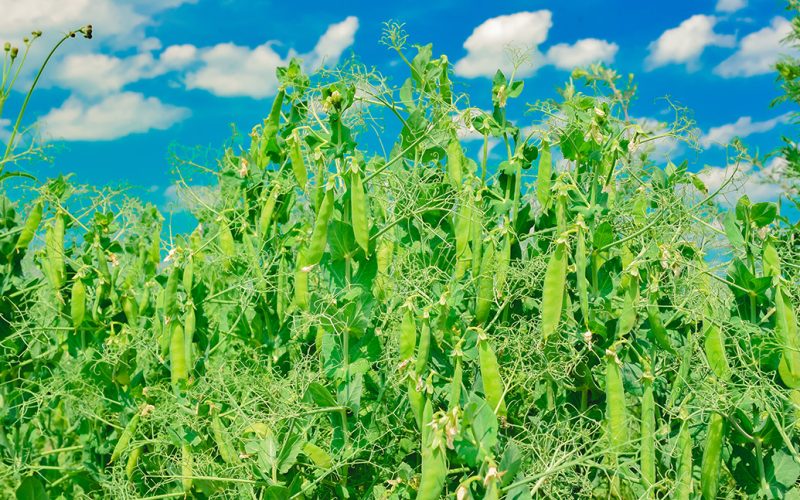Rising awareness of the need to move towards net zero and environmental sustainability has triggered growing consumer demand for sustainable foods and healthier diets. Eating less meat is one of the main objectives for change outlined in the National Food strategy. However, this requires the alternative protein sector to provide a healthy dietary intake of protein and in the case of meat alternatives, a similar consumer experience. Currently, the majority of these alternative protein products are plant-based but overall, there is a limited range to choose from.
Plant-based foods are part of the human diet across the world. The diversity of such foods varies region by region, and they are often a strong representation of locally available raw materials, crops and also culinary culture. Recently, plant-based foods, particularly plant-based proteins, gained a slightly different interpretation by introducing meat and dairy alternatives into our food product portfolio.
This provides a choice for people who wish to have the ‘meat/dairy’ experience but want to contribute to sustainability and improved environmental impact. On the other hand, however, it has led to confusion and often disappointment due to inadequate sensory quality of the food consumed (mainly texture and flavour) and relatively high price points. Limited availability and a poor choice of plant-based foods provide a constant challenge for the whole supply chain.
Mimicking animal origin products is often full of technological challenges and health considerations including balanced nutritional composition and good digestibility. It is often overlooked due to the pressure of achieving the right texture and flavour with many products being overprocessed, carbohydrate rich and unhealthy.
Consuming whole crops like peas and beans cooked as they are or incorporating them into plant-based dishes is a more traditional way of food preparation and technologically less challenging. Whole crop consumption, however, has a limited audience and drawbacks due to the taste profile and will not replace animal origin proteins for those who are not willing to give up on the meat experience.
The plant-based alternative protein supply chain has a task to expand the available and affordable food product range for meat and dairy alternatives and other plant-based foods. To achieve this, one of the barriers to overcome is access to the right raw materials, crops and ingredients for food product formulations that need to fulfil a set of criteria: healthy, sustainable, tasty and affordable.

The food industry faces technological challenges when it comes to the modification of product formulation by replacing animal origin ingredients with plant-based alternatives. The nutritional properties (e.g. protein content and quality, fibre, vitamin and mineral content) of ingredients and techno-functional properties of their protein content (gelling, water/oil binding capacity, emulsification and foaming properties, solubility, etc.) are the major determinants of how the end product will perform.
To avoid overprocessing, the more the properties of raw materials meet processing and end-product criteria, the better it is for achieving the desired outcome with appropriate composition, texture, processibility parameters, taste, price, quantity and availability.
Currently, food producers rely on a limited type and quantity of crops and ingredients to work with, let alone the challenges of scaling up production. On top of that, the majority of ingredients whether made from UK-grown crops or not, need to be processed abroad and imported back to the country. This is due to the lack of processing infrastructure in the UK and the lack of sufficient quantities of raw materials and crops grown in the UK that would be needed to supply the UK retail market. This creates import reliance for the supply chain and undermines sustainability goals if our food is made from crops and ingredients coming from intensive agriculture with significant chemical inputs.
What protein crops should be targeted for the UK food markets?
The focus should be on crops already grown in the UK, but under-utilised for human consumption, crops not currently used for protein and the introduction of new crops that can thrive in the UK’s climate.
Firstly, legumes and pulses come to mind due to their beneficial impact on nitrogen fixation and soil health, and their suitability to grow in the UK climate. Legumes (peas, beans, lupins, chickpeas, etc) are rich in proteins but also contain anti-nutritive compounds and alkaloids that cause some bitterness and beany off-flavour. Their techno-functional properties vary and some haven’t been fully characterised yet. The primary use of UK grown legumes is on-farm utilisation for animal feed or as a natural fertiliser in crop rotations.
Peas are widely grown in the UK for both local use and export and are mainly used for frozen peas production. They are currently the most common ingredient for plant-based food production. The challenges for peas as a protein source in plant-based foods are related to taste, however, this is currently being addressed in an innovation project ‘Pea protein’ focusing on developing tasteless pea varieties using breeding techniques.

UK-grown lupins are mainly used for animal feed or on-farm crop rotations. This crop grows well in the UK, although not without challenges including weeds and drought. It is also one of the most promising replacements for soya due to its protein quality and quantity. The supply chain can significantly increase lupin production in the UK by exploring its use, not only in animal feed but in human food applications.
Project Spotlight: Improving the sustainability of lupins through conventional and next generation methodologies
Funding: 24-month Innovate UK Feasibility Study
Consortium: UK Agri-Tech Centre, Phytoform Labs LTD and Soya UK Limited
Aims: Explore sustainable production methods and trait enhancement for lupin, employing two innovative approaches: decarbonisation strategies and harnessing genetic editing for trait improvement.
UK-grown beans are facing challenges including price competition with cheaper imports, short growing season in the UK and challenges with the weather. New varieties such as haricot beans (used for baked beans) have been developed to overcome these problems and promote the consumption of British beans as a whole crop food.
UK-grown chickpeas can be grown in the warmer and drier parts of the UK but new, more suitable varieties are needed in order to achieve the desired yield and quality, which is currently unreliable. NIAB and partners are currently innovating in this area, however, field production optimisation remains a task for agronomists to tackle.
UK-grown faba beans (broad beans) have been present for thousands of years and represent one of the most promising soya equivalents in terms of protein quality. The potential of faba beans as food ingredients is not yet fully exploited, despite their valuable nutritional and environmental benefits. Faba bean varieties have diversity in protein content and quality with overall good digestibility, fibre and iron content which is generally low in the UK diet. Researchers working on faba bean breeding targeting the development of the world’s highest protein bean crop that can be grown in the UK is disease resistant and has a high yield.
Besides legumes, proteins are present in leafy plants in relatively good amounts and provide a quality protein source in the human diet. The utilisation of leafy proteins is somewhat limited or unintentional but has a huge potential as an alternative protein source for food applications. Direct consumption of plant leaves (salads, spinach, cabbage, microgreens, etc.) is a part of a healthy diet but the leaves could also be the source of extracted proteins and protein rich ingredients to be used in downstream food processing.
RuBisCo is the most abundant protein on earth and is present in every green plant providing a great opportunity to be utilised as a food and/or feed protein source. It is easily digestible, nutritionally complete, and has excellent techno-functional properties, making it an outstanding candidate to become a new alternative protein source for food applications.
The continuous developments and innovations in CEA (controlled environment agriculture) allows the diversification of leafy crops to be utilised as protein crops. Spinach and Amaranth are just two species being explored in innovation projects.
Project Spotlight: VIP Leaf
Funding: 24-month Innovate UK Feasibility Study
Consortium: UK Agri-Tech Centre, Vertical Future, University of York and Cha Panni
Aims: Harness the potential of vertical farming facilities to cultivate amaranth, develop a novel protein source, reduce the UK’s reliance on imported proteins such as soy and pea therefore positively contributing to the economy and environment as well as improving consumer health.
The list of uncommon protein crop candidates does not end here. Efforts are continuously needed to explore the diversity of protein crops (including aqua plants) and significant innovation and research work is needed to adopt and improve the downstream supply chain.
So what can we do?
The quantity and variety of plant-based foods need to grow and balance our dietary options to achieve the desired sustainability, environmental impact, price parity and sensory experience. This can be achieved through facilitating communication across the supply chain, increasing the diversity of raw materials, encouraging UK-based local production and sharing R&D and knowledge to make crop production and food production sustainable and available.
In parallel, it is necessary to acknowledge that the livestock industry is innovating and improving the sustainability of animal farming and food production. Meat consumption will likely never disappear, so aiming for net zero and healthy food production should drive the balance of plant-based and animal-based food consumption.
Innovators, researchers and the public sector need to work together to transform the farming sector and ensure growers can produce protein crops in a sustainable and profitable manner. This has been gradually recognised by the government and public funding is currently supporting a number of innovation projects. Ensuring markets for UK protein crops in the UK supply chain requires both ingredient and food producers to closely work with UK farmers who are able and willing to grow protein crops for human consumption.
The UK Agri-Tech Centre is dedicated to developing a diverse range of innovative solutions to address challenges including food security and achieving net zero. This includes advancing the alternative protein ecosystem through innovative plant, insect and aquaculture-based solutions. To achieve an efficient and integrated food and feed system, transformation is required which is driven by sustainability, diversification and One Health requirements.



